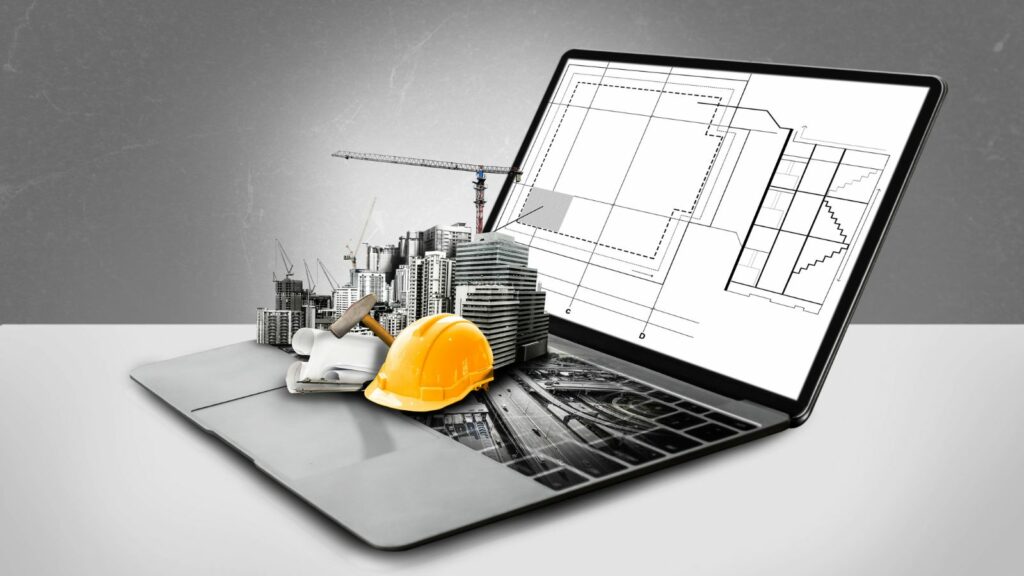Key Takeaways
-
- Innovation is Essential: Innovation in design plays a critical role in shaping user experiences and advancing industry standards, blending creativity with practicality.
-
- User-Centered Design Matters: Prioritizing user needs through feedback and testing leads to more intuitive and effective design solutions, enhancing user satisfaction.
-
- Sustainability is Key: Incorporating sustainable materials and eco-friendly practices is vital in modern design, promoting environmental responsibility and aligning with global goals.
-
- Digital Transformation Drives Trends: The integration of technologies like AR and VR transforms design processes, offering immersive experiences and streamlining workflows.
-
- Artificial Intelligence Enhances Efficiency: AI and automation optimize design tasks, enabling personalized user experiences and allowing designers to focus on creativity.
-
- Learning from Successful Case Studies: Examining how companies like Apple, Nike, and startups like Figma and Oru Kayak implement innovative design strategies provides valuable insights for industry professionals.
In a world where change is the only constant, innovation in design stands at the forefront of progress. It shapes how people interact with products, spaces, and technology, driving creativity and functionality to new heights. Designers today aren’t just problem solvers; they’re visionaries who blend aesthetics with practicality, crafting experiences that resonate deeply with users.
As industries evolve, the demand for fresh ideas and unique approaches intensifies. From sustainable materials to cutting-edge technology, innovation in design is redefining boundaries and challenging traditional norms. This dynamic landscape invites professionals to explore new methods and rethink existing paradigms, ensuring that design remains relevant and impactful in an ever-changing environment.
Innovation In Design
 Innovation in design refers to the application of novel ideas and approaches that enhance functionality and aesthetics. This concept plays a crucial role in shaping user experiences and driving industry advances.
Innovation in design refers to the application of novel ideas and approaches that enhance functionality and aesthetics. This concept plays a crucial role in shaping user experiences and driving industry advances.
Definition And Importance
Innovation in design represents the synthesis of creativity and technology. It enables designers to develop products and solutions that meet evolving user needs. By integrating user-centric principles, sustainable practices, and technological advancements, innovation fosters unique designs that set trends and elevate standards. This importance is evident in sectors such as architecture, industrial design, and digital interfaces, where innovative solutions lead to improved usability, greater accessibility, and enhanced user satisfaction.
Historical Context
Historical developments in design illustrate the evolution of innovation. During the Industrial Revolution, designers adopted new materials and manufacturing techniques, paving the way for mass production. The Bauhaus movement of the 20th century emphasized functionality and aesthetics, influencing modern design philosophies. More recently, the rise of digital technology has transformed design practices, facilitating rapid prototyping and collaboration. These historical milestones underscore the ongoing necessity of innovation in design, with each era adapting to the cultural and technological landscape.
Key Principles Of Innovation In Design
 Key principles drive innovation in design, ensuring that outcomes enhance user experience and environmental sustainability. Understanding these principles aids professionals in creating compelling and relevant design solutions.
Key principles drive innovation in design, ensuring that outcomes enhance user experience and environmental sustainability. Understanding these principles aids professionals in creating compelling and relevant design solutions.
User-Centered Design
User-centered design prioritizes the needs and preferences of users in the design process. Engaging users through feedback loops and usability testing ensures products fulfill real-world needs. Designers often utilize personas and scenarios to represent user demographics, leading to more focused solutions. Emphasizing empathy, developers can create intuitive interfaces and functional designs tailored to end-users and their contexts.
Sustainability And Eco-Friendliness
Sustainability and eco-friendliness are essential in modern design innovation. Designers increasingly adopt sustainable materials, reducing waste and minimizing environmental impact. Choosing renewable resources and implementing energy-efficient processes promote a circular economy. Innovations such as biodegradable materials and eco-conscious manufacturing practices encourage the design community to foster products that respect natural ecosystems, aligning with global sustainability goals.
Notable Trends In Innovation In Design
Recent advancements in technology continue to shape the landscape of design innovation, leading to notable trends that enhance user experiences and improve functionality.
Digital Transformation
Digital transformation significantly influences design by integrating advanced technologies into creative processes. Designers utilize tools like virtual reality (VR) and augmented reality (AR) to create immersive experiences, allowing users to visualize products in real-world settings. Various software solutions enable rapid prototyping and 3D modeling, streamlining the design workflow and enhancing collaboration among team members. Companies are increasingly adopting cloud-based platforms for design sharing, ensuring teams can work seamlessly regardless of location.
Artificial Intelligence And Automation
Artificial intelligence (AI) and automation play critical roles in the design process by optimizing workflows and enabling personalized user experiences. AI algorithms analyze user data to predict preferences and suggest design alterations, resulting in tailored products. Automation streamlines repetitive tasks, allowing designers to focus on creativity and innovation. Tools driven by AI assist in generating design options based on specified parameters, accelerating the decision-making process. The integration of AI in design applications fosters efficiency, minimizes errors, and enhances overall productivity.
Case Studies Of Successful Innovation In Design
Innovation in design manifests through diverse approaches and practices across various industries. Examining how industry leaders and emerging startups excel in this realm provides valuable insights into effective strategies.
Industry Leaders
-
- Apple
Apple consistently exemplifies innovative design through its commitment to user experience and aesthetic simplicity. The introduction of the iPhone revolutionized mobile technology with its intuitive interface and sleek design. Apple’s design philosophy integrates hardware and software seamlessly, resulting in products that resonate with users.
-
- Nike
Nike leverages cutting-edge technology in its product design process. The company employs 3D printing, advanced materials, and data analytics to enhance athletic performance. Initiatives like Nike By You allow customers to customize footwear, reflecting user-centric design principles.
-
- IKEA
IKEA’s innovative approach focuses on affordability and sustainability. By emphasizing flat-pack design, the company reduces shipping costs and encourages eco-friendly practices. The use of sustainable materials and modularity in furniture design addresses modern consumer needs efficiently.
Emerging Startups
-
- Figma
Figma has transformed design collaboration with its cloud-based platform. This tool enables multiple users to work on designs simultaneously, fostering real-time feedback and innovation. Its focus on accessibility makes UI/UX design more collaborative and streamlined for teams.
-
- Oru Kayak
Oru Kayak has redefined portable watercraft with its origami-inspired design. The kayak can fold into a compact form, enhancing convenience without sacrificing performance. This innovative approach targets urban dwellers seeking outdoor experiences with limited storage options.
-
- PillowCube
PillowCube addresses sleep challenges with its unique design for side sleepers. This cube-shaped pillow ensures proper neck alignment, improving sleep quality. The startup’s user-centered research highlights the importance of targeted solutions in product innovation.
Creativity And Technology
Innovation in design is essential for adapting to the evolving needs of society. By embracing creativity and technology, designers are crafting solutions that not only meet user demands but also prioritize sustainability. The integration of user-centered principles ensures that designs resonate with real-world experiences while minimizing environmental impact.
As industries continue to change, the focus on innovative practices will only intensify. The future of design lies in the hands of those who dare to challenge conventions and explore uncharted territories. By fostering a culture of experimentation and collaboration, the design community can pave the way for groundbreaking ideas that inspire and engage users across all sectors.



